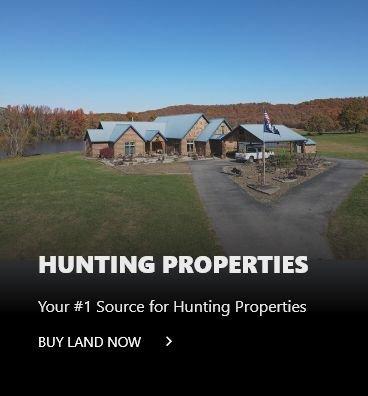Unknown
Est. Whitetail Population
220,000
No. Licenses Sold Annually
$59 and up
Resident hunting license and deer permit
$350 and up
Non-resident hunting license and deer permit
211 4/8"
Arrowed by Dustin Huff in 2021. Ranks No. 2 all-time.
Record B&C Typical Stat
580
Total B&C Typical Entries
303 7/8"
Taken by Timothy J. Beck in Huntington County in 2012. It ranks No. 8 of all time.
Record B&C Non-Typical Stat
335
Record B&C Non-Typical Entries
Season Dates (2022):
Archery season spans Oct. 1 to Jan. 2. Firearms season runs Nov. 12 through 27. Muzzleloader is Dec. 3 through 18. Youth weekend is Sept. 24 and 25. The reduction zone season is Sept. 15 to Jan. 31 (where open). And the special antlerless season is Dec. 26 to Jan. 1. Check the Indiana DNR website to confirm season dates.
The Grade: A
Indiana might not register on some radars, but it’s picking up steam. It might only have a couple of seasons left of sleeper status. Great population densities. Big deer. Moderate hunting pressure. One-buck status. Affordable tags. Abundant public. Although the dreaded disease is in several bordering counties to the west, Hoosier country is still a certified CWD-free state. It also boasts a great venison-donation program called the Sportsmen’s Benevolence Fund. See what we’re getting at? It gets an A … all day.
A moderate bout with epizootic hemorrhagic disease in 2019 is the only negative note. Some populations are a little lower than normal pre-hunt totals. Get localized info on areas hit the hardest here.
“There are many northern counties known for producing large bucks, but we see big deer coming from across the state,” said Moriah Boggess, deer biologist with the Indiana DNR. “The less-known counties are significantly underrated and have great trophy potential. Southern Indiana should see older deer in the coming years as this part of the state recovers from EHD in 2019.”
Antler Nation Knowledge:
Federal, state and third-party lands are in play. Conservation areas, fish and wildlife areas, state forests, state recreation areas, national forests, national wildlife refuges, nature preserves, wildlife trusts and other opportunities abound. Even the Nature Conservancy has a meaningful presence here. Indiana Private Lands Access (IPLA) is a great program through which private landowners allow controlled public access. Another source of hunting access comes from the Indiana Community Hunting Access Program (CHAP). It's designed to increase opportunities and reduce deer-human conflicts near urban areas. And don’t forget to apply for some of the best reserved hunts in the nation.
Although the central region of the state is mostly void of notable public lands, the northern and southernmost counties are littered with access. The interactive “Where to Hunt” map can help pinpoint good public-land opportunities in specific areas.
The Indiana DNR publishes historical and real-time, in-season harvest data. The agency also provides other good resources for hunt planning, including a map that illustrates the percentages of county areas that offer good deer habitat. Other valuable resources include the annual management goal reports and extremely detailed county-based deer data.
Hunters who plan to spend a lot of time chasing Indiana deer might consider looking to the deer reduction zone hunts. These are more urbanized areas that allow additional hunting opportunities in addition to statewide bag limits. According to the DNR, this technically allows hunters to tag a second Hoosier buck. However, it’s on an earn-a-buck system and an antlerless deer must be taken first.
“I encourage hunters to wait until late season to hunt. We see the most hunting pressure during the first three weeks of November (rut), but late-season hunting in December sees very few hunters in the woods,” Boggess said. “This time of year offers hunters an opportunity to hunt deer on natural post-rut feeding patterns with little competition from other hunters. This time of year, I suggest finding northern red, scarlet, pin or black oaks that are dropping late or have acorns left underneath them. Once you find some oaks with acorns and lots of deer sign underneath, sit tight and hunt until the right deer comes along. Throughout December, there are still bucks moving around trying to find the last receptive does, and by hunting over a hot food source, you will see new bucks every day that are moving through and checking out does that feed there.”
Big deer are found throughout Indiana. Hunters crank out solid numbers from the northernmost counties down to the Ohio River. Looking at record-book entries from the past decade, on localized levels, hunters in DeKalb, Harrison, Franklin, Jasper, Newton, Noble, Parke, Ripley and Sullivan are some of the best at stacking up top-end deer. Still, some of the best habitat in the country is along the Ohio and its tributaries.










